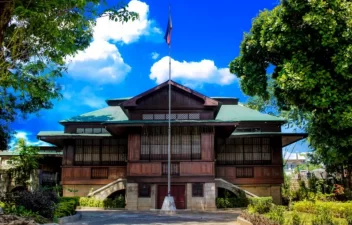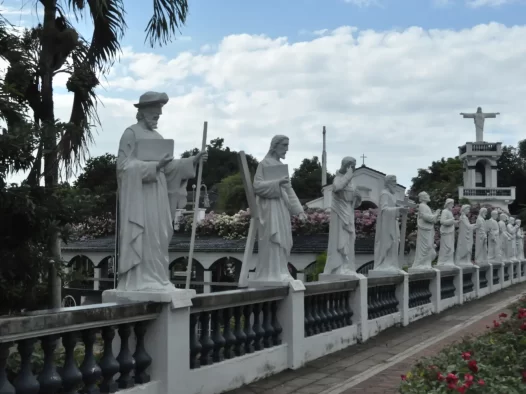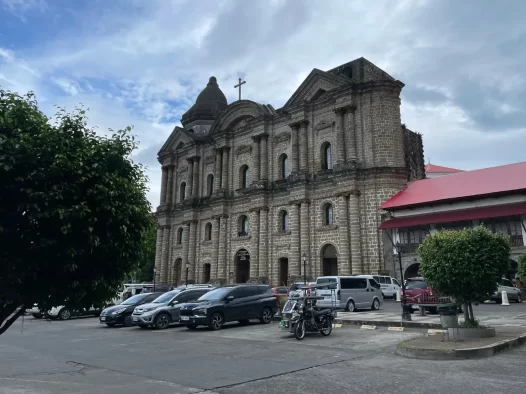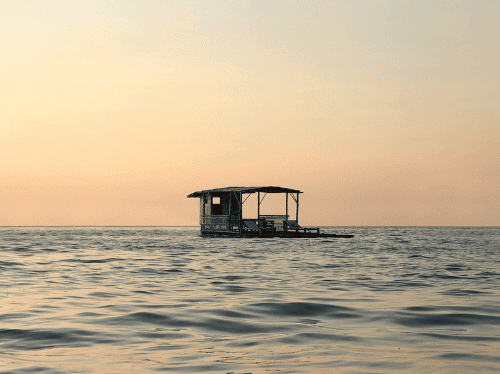Tanauan City
There are two versions of how Tanauan got its name. In the first version, some people believe that Tanauan derived its name from the Tagalog term “tanaw” meaning to look after through the window.
The other version, supported by a research study of the National Historical Commission of the Philippines, says that the town was named after a shrub called “tanaua” which grew abundantly in the area and on the shores of “Lake Bonbon” during the town’s early history.
History and Heritage
The town of Tanauan was founded on its present location in 1754, having been transferred from the fringe of Taal Lake where it was originally situated. It is generally believed that Tanauan, together with Sala, was originally founded in 1572 by the Augustinian missionaries who built mission at the shore of lake known as Bonbon (now Taal).
Tanaueños have displayed characteristics of personal independence and nationalism since early history. The town is called the ” cradle of noble heroes” due to the contribution to the revolutionary movement of its sons, Apolinario Mabini, the Brains of the Revolution, and later by the great statesman Pres. Jose P. Laurel Sr. Also, three Tanaueños served as governors of Batangas, namely: Jose P. Laurel V, Modesto Q. Castillo and Nicolas L. Gonzales.
In 1996, Tanauan became a first class municipality and after five years, became a city. By virtue of Republic Act 9005, otherwise known as “An Act Converting the Municipality of Tanauan into a Component City to be known as the City of Tanauan” , which was signed into law by Pres. Gloria Macapagal-Arroyo last February 2, 2001 and thru a plebiscite on March 10, 2001, the proposed cityhood was duly ratified and approved.
If you prefer a hassle-free trip, you can rent a car or hire a private vehicle for more convenience and flexibility. Public transportation, such as buses and jeepneys, is also available and can be a more budget-friendly option.
Batangas: Where history, beauty, and resilience converge, creating a tapestry of captivating stories and unforgettable moments.
Tan-a-we Festival
The Tan-a-we Festival takes its name from the Batangueño term “tanaw-e,” which is derived from the Tagalog term “tanaw,” meaning “to look through.” According to a study conducted by the National Historical Commission of the Philippines, there are two versions regarding how Tanauan City acquired its name. The first version recounts a historical fortress, complete with a watchtower, constructed by Augustinian friars and locals. Positioned alongside the Pansipit River and Taal Lake, this watchtower allowed them to monitor incoming “champans” or boats carrying traders and pirates. In the year 2023, the organizers aim for the festival to become a beacon of inspiration, not only for fellow Tanaueños but also for neighboring towns and cities. Their vision is for Tanauan to be a city known for its development, growth, camaraderie, and unity—a place where its people unwaveringly uphold the belief in “Tanauan As One, Walang Maiiwan,” one of the core aspirations of the administration. The festival is thoughtfully aligned with the celebration of Tanauan’s Cityhood Anniversary.

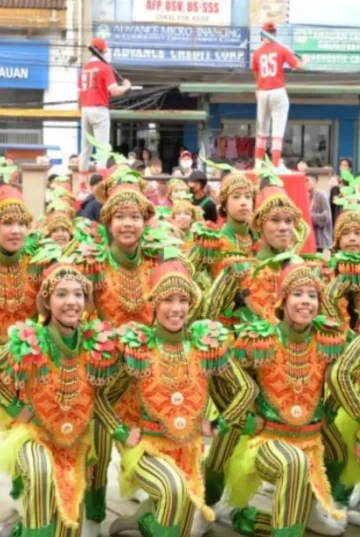
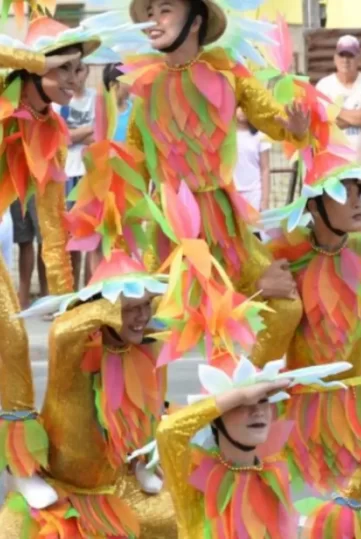
Local Attractions
Batangas in the Philippines offers a range of local attractions that cater to various interests. These are just a few of the attractions you can explore in Batangas. Whether you’re interested in history, nature, or relaxation, the city offers something for everyone.
Getting Around
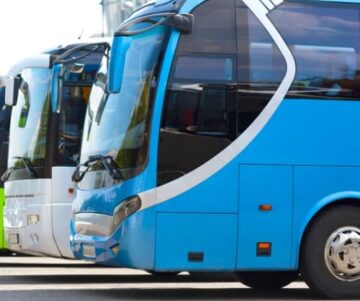
Buses
Buses provide transportation for longer distances, connecting Batangas with other regions and provinces. These buses have designated terminals and offer a more comfortable option for longer journeys.
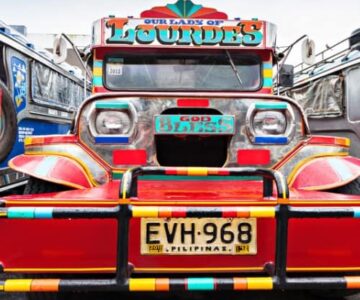
Jeepneys
Jeepneys are a staple mode of public transportation in the Philippines. They are colorful, elongated jeeps that can carry multiple passengers. Jeepneys follow specific routes and have fixed fares.
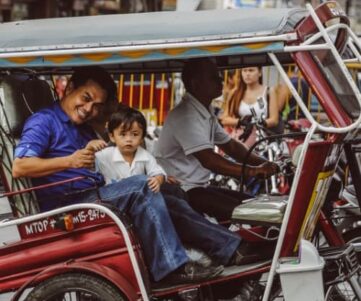
Tricycles
These motorized vehicles consist of a motorcycle with a sidecar, which can accommodate around 3 to 4 passengers. Tricycles are commonly used for short trips within the city, and fares are usually negotiable.
